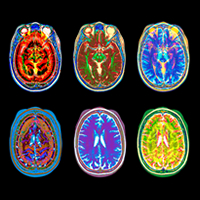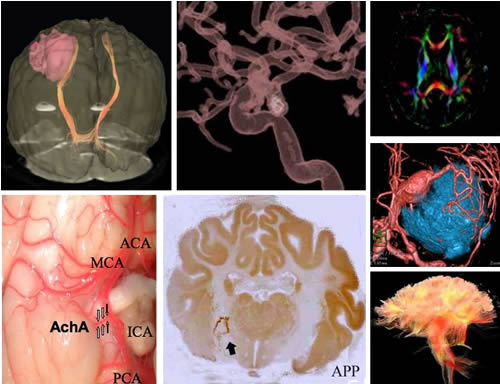Neurology
Neurology
Mumbai , India
ph: +91 9821313033
neuro
Home
Neurosurgery is the surgery discipline focused on treating the central nervous system, peripheral nervous systems and spinal column diseases amenable to surgical intervention.
|
Neurosurgical conditions include primarily brain, spinal cord, vertebral column and peripheral nervous system disorders.
Conditions treated include:
- Chiari Malformations
- Spinal disc herniation
- Spinal stenosis
- Hydrocephalus
- Head trauma (brain hemorrhages, skull fractures, etc.)
- Spinal cord trauma
- Traumatic injuries of peripheral nerves
- Brain tumors
- Infections and infestations
- Tumours of the spine, spinal cord and peripheral nerves
- Cerebral aneurysms
- Stroke, including hemorrhagic stroke and stroke
- Intracerebral hemorrhage, such as subarachnoid hemorrhage, intraparenchymal, and intraventricular hemorrhages
- Drug-resistant epilepsy
- Movement disorders (advanced Parkinson's disease, chorea) – this involves the use of specially developed minimally invasive stereotactic techniques (functional, stereotactic neurosurgery) such as ablative surgery and deep brain stimulation surgery
- Intractable pain of cancer or trauma patients and cranial/peripheral nerve pain
- Intractable psychiatric disorders (OCD)
- Malformations of the nervous system
- Carotid artery stenosis
- Vascular malformations (i.e., arteriovenous malformations, venous angiomas, cavernous angiomas, capillary telangectasias) of the brain and spinal cord
- Peripheral neuropathies such as carpal tunnel syndrome and ulnar neuropathy
- Trigeminal Neuralgia
- Moyamoya disease
- Congenital malformations of the nervous system, including spina bifida and craniosynostosis
Neurology
Mumbai , India
ph: +91 9821313033
neuro


